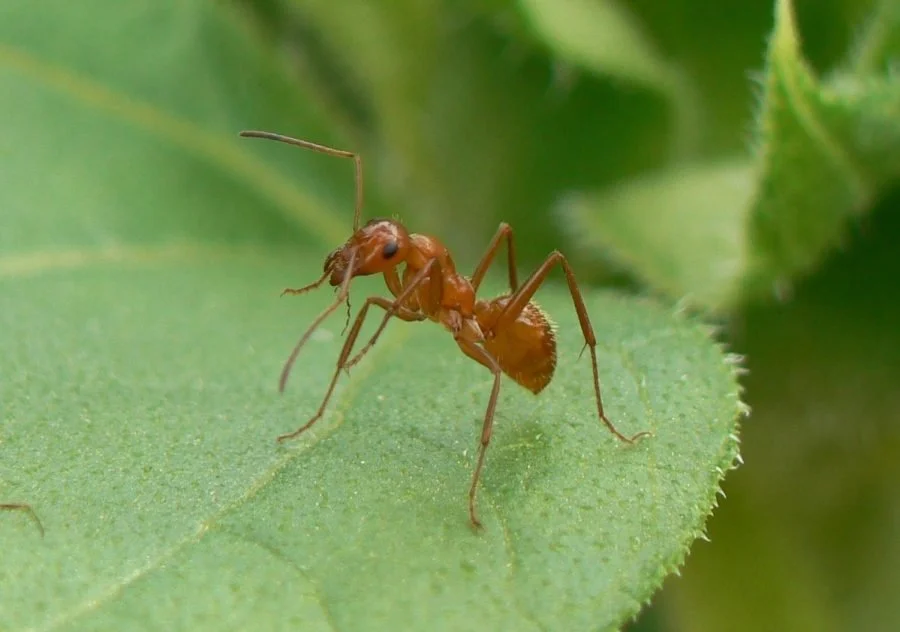Ants discovered to produce milk
Ants and their colonies have been studied by scientists for years. On average, a colony can have anywhere from 100,000 to 500,000 workers along with “several hundred winged forms and queens.”
With so many ants in each colony, scientists often wondered how they progressed from ant pupae to adults.
Noticeable observations have been made during ant metamorphosis, but there are little studies regarding how the metamorphosis actually occurs. Metamorphosis encompasses an ant’s development from an egg to a full-grown adult.
Ant eggs hatch into eyeless and legless worm-shaped larvae. The larvae then become pupae, a stage that is similar to an adult ant except pupae have folded legs and antennae. Eventually the pupae develop into adult ants.
A recently published journal article states that all ants may be able to produce and feed on a milk-like fluid during their metamorphosis. This milk-like fluid is produced by the ant pupae. The adult ants remove this liquid from the pupae and swallow it.
Through a chemical analysis done in the study, this liquid “revealed that, besides other waste products from the metamorphosis, it contains all essential amino acids, as well as multiple carbohydrates and some vitamins.”
The fluid was discovered by Orli Snir,a postdoctoral fellow who did not study ants prior to this experiment..

